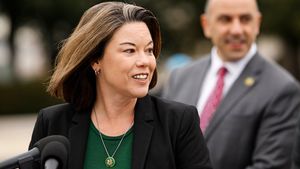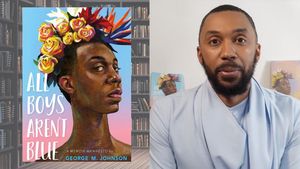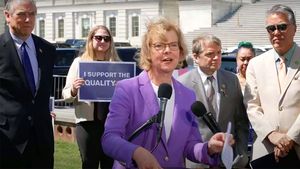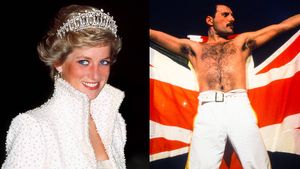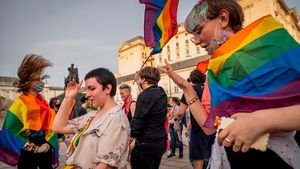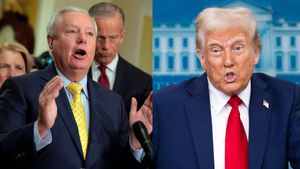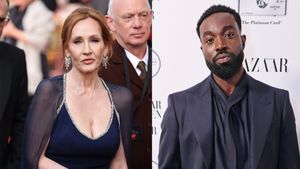Voices
How San Francisco's queer history can inspire the future of downtowns

Courtesy Downtown SF Partnership
Learn how celebrating diversity and inclusivity can transform downtown areas into vibrant, welcoming communities, reshaping neighborhoods and fostering connections through events and programming that support local artists and businesses.
June 28 2024 7:30 PM EST
June 28 2024 7:30 PM EST



 Courtesy Downtown SF Partnership
Courtesy Downtown SF Partnership Courtesy Downtown SF Partnership
Courtesy Downtown SF Partnership


